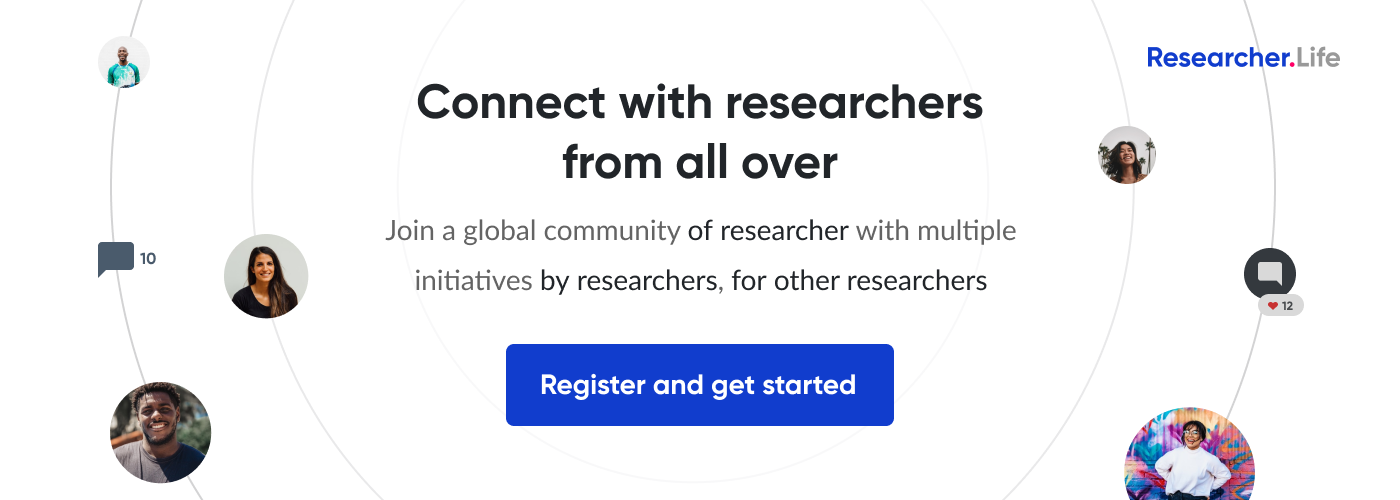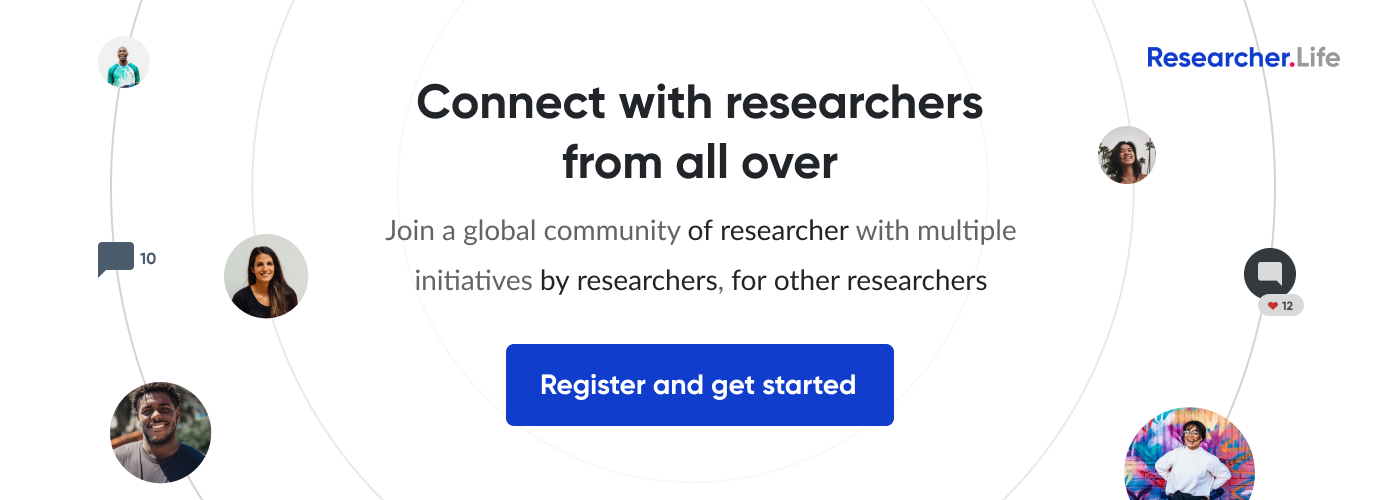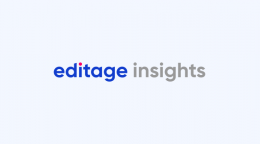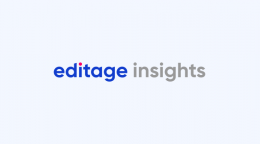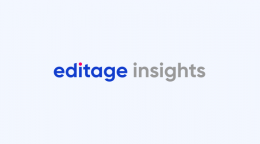Social media dos and don'ts for journals, publishers, and societies
Scholarly publishers and social media
When we discuss the benefits of social media, we commonly focus on researchers. But researchers are not the only ones who could have a social media presence. In this series, we turn our attention to scholarly publishers, journals, and organizations and the role social media could play in helping them carve a niche for themselves. We talk about how journals, funders, academic societies, and institutions benefit from social media networking and engagement. We also look at some things these scholarly publishing entities could do to make the most of their social media activities.

The previous segment talked about how journals, publishers, and societies stand to benefit from having a social media presence. Here, Payman Taei, founder of Visme, talks about how they can go about it in an organized manner and in a way that helps them build a solid reputation as an influential player in the scholarly communications landscape.
Social networking may be only a decade old as we know it today, but it's already changed nearly everything about our daily lives for all time.
People post absolutely everything on social media, transforming it into perhaps the most intimate communication medium that we currently have. There are things that people would never even think about daring to say in a one-on-one conversation that get spread across Facebook, Twitter, Instagram and more on a regular basis.
Because social networking is so intimate, it also represents a massive opportunity for brands and businesses, particularly academic journals and publishers, who know what they're doing. Today, more and more scholarly entities are adopting the “social” approach, making their presence felt on social media platforms, especially Twitter, Facebook, and LinkedIn.
Because a social media presence is so powerful and so visible, it also brings with it a host of potential traps and mistakes that you could easily fall into if you're not very, very careful. The flip-side of that coin, however, is that mistakes happen in real-time as well. If you make a colossal social media blunder, people all over the world could learn about it in seconds. Because of this, there are a few key social media strategy related guidelines you'll need to keep in mind moving forward.
1. Talk to your audience - don't just market to them: One of the biggest social media mistakes that you can make involves assuming that social media is just part of your marketing strategy for online marketing, as opposed to what it's really good for: relationship management. Don’t simply promote research articles you have published. That could appear as blatant marketing and your audience might get annoyed by it. It could also be monotonous for readers to look at. Post different types of updates and be genuine when you talk about topics relevant to your audience. For example, if you are talking about open access (and you have to offer an open access publishing route), don’t simply promote yourself, share relevant blog posts that explore some aspects of open access publishing, or share your views about open access. Your followers (authors, reviewers, lay people, etc.) will find this more interesting.
2. Try out different content formats: Case in point - Infographics. The Visme team has written in the past about how effective Infographics are, particularly in terms of social media. They're a nice, bite-sized visual format that can let you contextualize a lot of different concepts in an easily digestible way. But don't assume that just because you're putting infographics on social media, it will be successful. Don't just take what is essentially a commercial for your products or services and dress it up in an Infographic. Instead, pay attention to the conversations that your real audience members are already having and see what you can contribute by way of your next infographic.
Remember: With social media platforms like Facebook and Twitter, you're never more than just a few quick mouse clicks away from learning a nearly limitless amount of information about your audience. Let this context inform the decisions you make when you sit down with a tool like Visme (which I happen to be the founder of) to create that next Infographic.
When formulating a social media strategy, don't start with your infographic idea and work your way to your audience. That's the exact opposite of what you want to do. Instead, start with your audience and ask yourself "what questions can I answer and what problems can I solve with the infographic I want to create?"
This small, yet essential, difference in perspective is how you end up with infographics that are liked and shared indefinitely via social media platforms.
3. Share different content formats: Don’t stick to infographics only; try out other formats. Two other content types you could use to post updates about research on social media are lay summaries and video abstracts. Lay summaries or plain language summaries provide a quick overview of research in easy-to-understand terms. Video abstracts, which visualize research, also work well because videos are engaging and a great way to engage attention online. SlideShare presentations are another visual means of engaging your audience. Irrespective of what format you choose, you could either share content that you have published or created yourself, or you could share something interesting and of relevant you came across. The idea is that you should come up with a content marketing strategy that keeps your audience informed and engaged.
4. The "current event" problem: Another one of the biggest mistakes that scholarly journals and publishers tend to make on social media is trying too hard to be too relevant to current events.
Sometimes, these types of mistakes are small - you were a little too eager to take advantage of the number one trending hashtag on Twitter so you sent out a blatantly self-promotional tweet without realizing exactly what you were attaching yourself to. At best, this comes off as another case of "I think social media is only for selling." At worst, it's incredibly insensitive and a massive PR problem just waiting to happen - especially with the type of news that it is all too common to wake up to every day.
Before you even consider trying to create a connection between your publication/institution and a current event, ask yourself a number of key questions. First, be raw, real and honest: "Is my publication/institution/funding body actually relevant to this trending discussion that I'm trying to capitalize on?" If the answer is a hard "no" then you need to stay far, far away. Next, ask yourself if the end result of your action will be to give something legitimately engaging or valuable to your users? Tying in with a big global event like Open Access Week, for example, is a great way to have a little fun with something that has already captured the attention of so many. If the answer to this is once again "no," you'd be better off focusing your efforts elsewhere.
5. Do some background research: Creating and maintaining a social media presence will require time and energy, a positive attitude, and sense of creativity. Before you start posting your updates on social media platforms, spend some time exploring the platform, analyzing what other journals or researchers are posting on it, identifying what makes your publication/institution unique, and defining your target audience. That said, don’t overdo it. At some point, you need to get out there, test the waters, and change your approach as needed.
6. Remember that timing is important: Timing is of very high importance in anything that you do. If you see the world, everything is done in perfect timing – the earth’s rotation, revolution, day and night, the seasons…everything. Similarly in scholarly publishing, too, timing is crucial. Stay updated about major events, such as academic conferences, global events, major meetings, etc. Also, know when your audience is most active. For example, if you are looking to reach out to researchers in Asia, make sure you post in their time zone so that they are able to view your posts real time. Also, determine a frequency that works best for you. You will find what works best for you eventually and after repeated iterations. Some publishers tweet or post updates over four times a day, while some do this just once.
7. Know what platform works best for you: Most successful business and marketing professionals spend 30% to 75% of their time on social channels. As an academic publisher/society, you will determine the kind of investment you would like to make over a period of time. Use this time to build a strong understanding of social media platforms and how they would work for you. Facebook tends to work great for retailers, food and beverage, and other B2C industries but it also works well for some scholarly publishers such as Nature. A platform like Twitter has wide reach and appeal almost everywhere across the globe. Also, a majority of academic journals, publishers, companies, service providers, researchers, and many other people related to and interested in scholarly publishing are active on Twitter. If you have a lot of visual material to share, Tumblr and Pinterest work are great platforms to explore. Use LinkedIn to connect with and reach out to professionally driven researchers and other publishing professionals. You could also use LinkedIn for your staffing needs (journal editors, reviewers, etc.).
And there are many more niche sites, too. One critical aspect to consider is the accessibility of a platform in the location of your target audience. For example researchers in China may not be able to access Twitter; this means that to reach out to Chinese scholarly community, you need to use a medium that is accessible to them, e.g., WeChat. Also, it is not uncommon for publishers to be on more than one site, so they can keep themselves branded and connected to each site they have a presence on.
We're all still learning
The fact of the matter is that social media is still a relatively young communications platform – meaning that it is largely still changing right before our very eyes.
If you had said when Facebook originally launched in 2007 that it would one day (potentially) impact the outcome of a United States presidential election, people would have called you crazy – and yet here we are, in 2017. The point is that as social networking continues to grow and evolve, the relationships that both publishers and authors have with these networks must continue to do the same. That naturally presents something of a permanent learning curve – meaning that you can and likely will make mistakes.
But by understanding exactly what social networking is and what it is best used for, along with making sure that you're always starting from the right place whenever you begin to interact with your audience on Facebook or Twitter, you put yourself in the best position to avoid the types of career killing blunders that can only happen in the social era in which we're now living. Good luck with creating a social media strategy for your journal, publication, or society.
Related reading: Why journals, publishers, and societies should get on social media right now
Published on: Oct 27, 2017
Comments
You're looking to give wings to your academic career and publication journey. We like that!
Why don't we give you complete access! Create a free account and get unlimited access to all resources & a vibrant researcher community.









